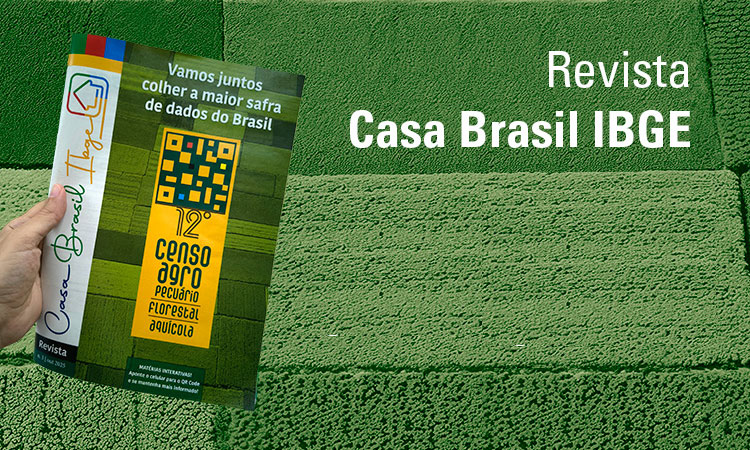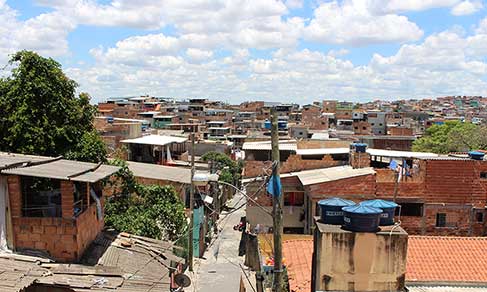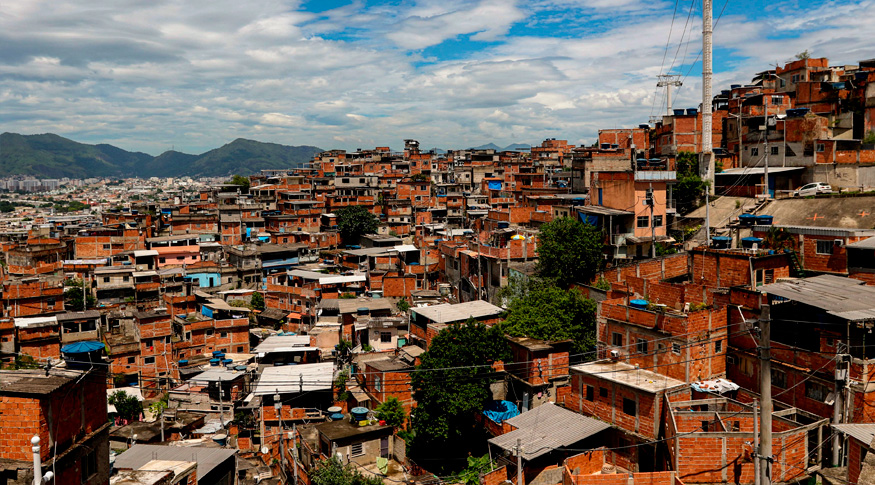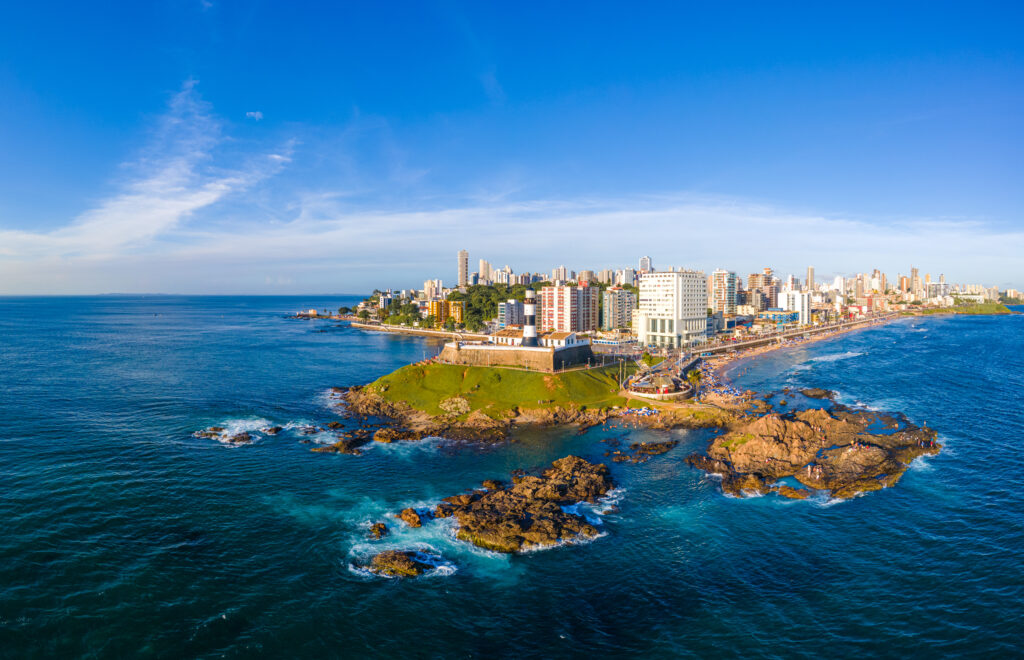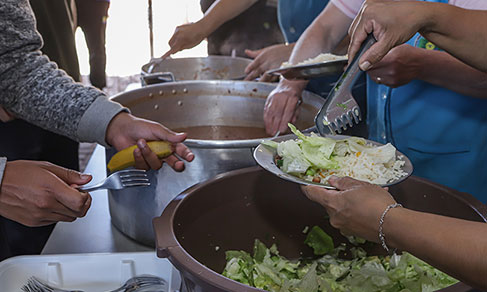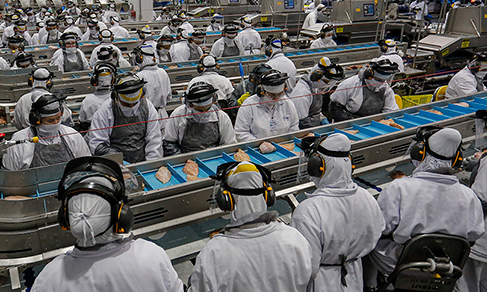Contas Nacionais
Revision of GDP 2016 points to a decrease of 3.3% against previous year
November 09, 2018 10h00 AM | Last Updated: November 09, 2018 03h53 PM
In its consolidated result, the Gross Domestic Product (GDP) of 2016 reached R$ 6.267 trillion and its decrease in volume against 2015 was revised from 3.5% to 3.3%, thus confirming downward trend for the second year in a row (in 2015, there was a change of -3.5%). Per capita GDP was R$ 30,548, with a 4.1% decrease. Reduction in this activity was distributed among the three main economic sectors: Agriculture, with a cumulative change of - 5.2%, Industry, -4.6%, and Services, with -2.3%.
These data, released today by the IBGE, constitute the System of National Accounts, and are subject to revision two years after the year of reference (2016), in order to present a more detailed and consitent portrait of the economic scenario in the country.

“The quarterly GDP (System of Quarterly National Accounts) is released 60 days after the end of the quarter. The figure is revised as the annual IBGE surveys are made available, as well as information from regulatory agencies and from the financial system, which take a little longer to be disclosed”, explains Cristiano Martins, National Accounts manager.
Besides the widespread decrease in the threemain economic sectors, the System of National Accounts showed there was a significant decresae in the Investment Rate in 2016. It was 15.5%, the worst in the series initiated in 1995, and 12.1% smaller in volume than in 2015. The decrease in the rate led to the negtive cycle initiated in 2014 after the the peak in 2013 (20.9%).
“Two years in a row were marked by a widespread decrease. A highlight is the reduced investment in machinery, with a decrease of 17.3% in volume; and in construction (10,8%). There was significant decline in these two sectors in 2016”, said Cristiano. “The investment rate had been 17.8% in 2015, which had recorded a decrease itself. The peak was in 2013; there was decrease in 2014 (19.9%), 2015 (17.8%) and more recently, in 2016, the lowest figure in the series (15.5%), adds Cristiano Martins.
Household savings increases; consumption goes down
Despite the nagative scenario of the economy, household savings increased by 12.1% in 2016. “Since household expenditure decreased (-3.8%), there was significant increase of savings due to the difference between disposabe income and final consumption. Disposable income surpassing final consumption led to the growth of household savings", explained the manager of institutional sectors of National Accounts, Carlos Sobral.
The year also marked the decrease of figures invested by the government. “Gross-fixed capital formation had a bad performance in the year. The result was R$ 136 billion in 2015 and changed to R$ 121.2 billion. The investment dropped”, adds Sobral, as he recalls the investments also fell by 3% among the families.





